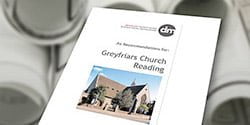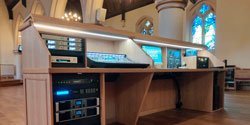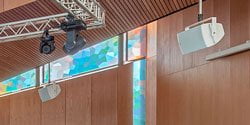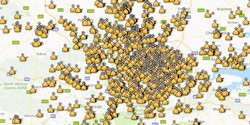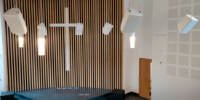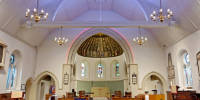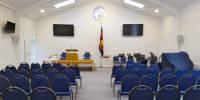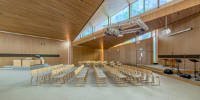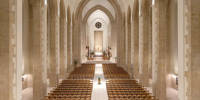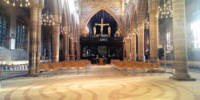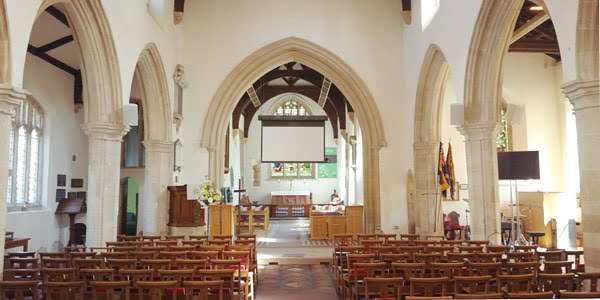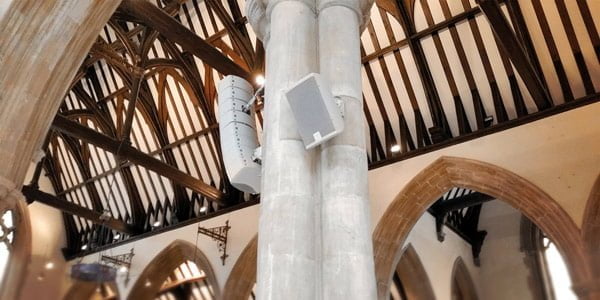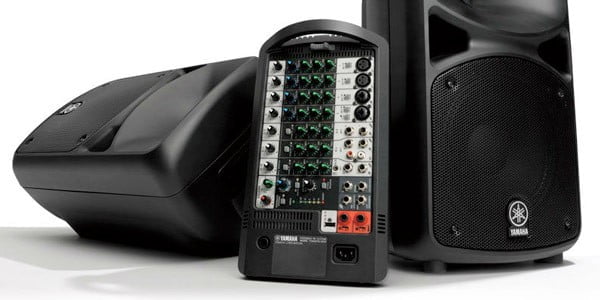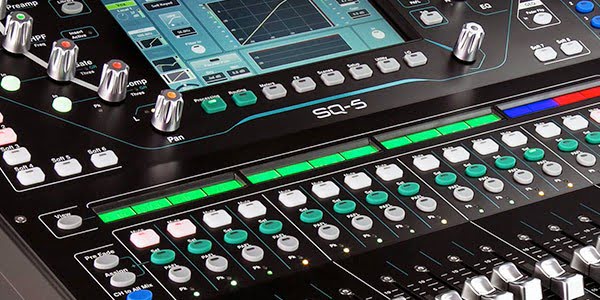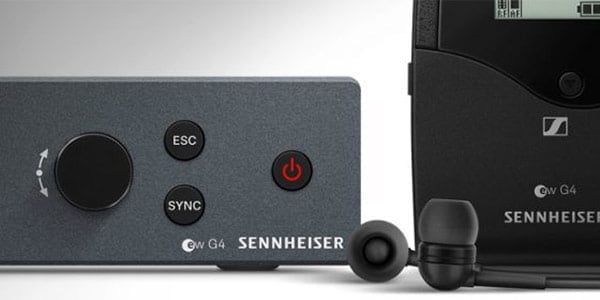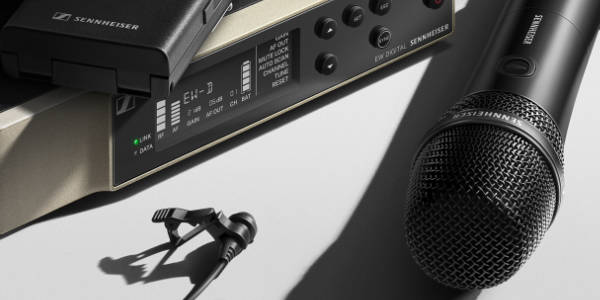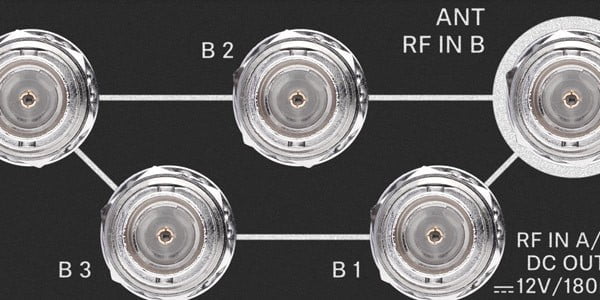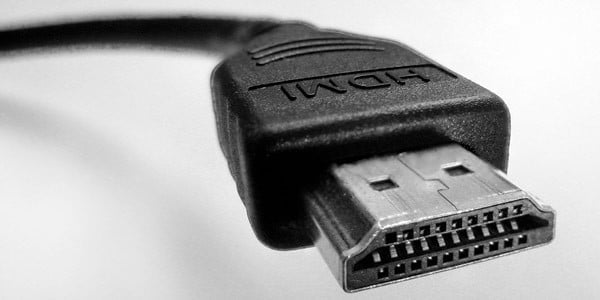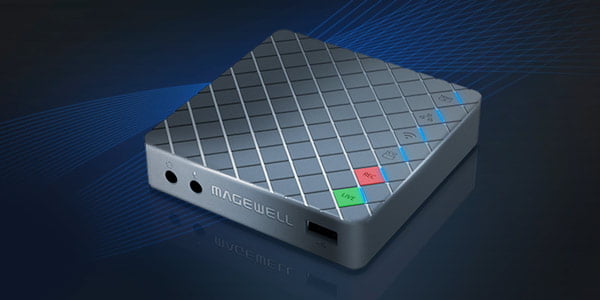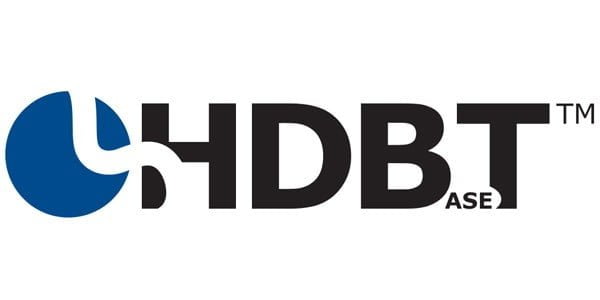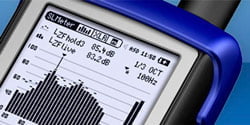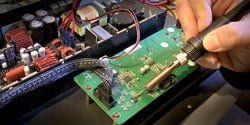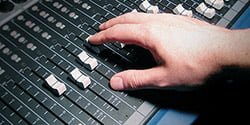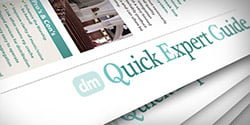
Radio (wireless) microphones & In-Ear Monitoring (IEM) systems all use radio frequencies to send signals between transmitter and receiver units. There are a number of options for operating wireless systems both with and without a licence. Unfortunately, this can be a complex area to fully understand and consequently to know which option is right for you. If in doubt please feel free to contact us to discuss.
In recent years there have been significant changes to many of the frequencies available for wireless microphone use. This is due in large part to the Government auctioning much of the 800MHz frequency range in 2013. This was sold to telecommunications companies; in order to facilitate faster mobile broadband speeds (4G). This radio frequency 'spectrum' became available following the 2012 transition of television broadcast from analogue to digital (which essentially allowed for a greater amount of television channels to be transmitted in a smaller space).
Before the 2013 auction most ‘off the shelf’ radio mic systems operated in either the shared space of UHF Channel 69 (854-862MHz - which required a Licence) or, more commonly, in a small deregulated (free to use) part of Channel 70 (863-865MHz). Following the 2013 sell-off, Channels 67 through to 69 became illegal to use for wireless radio mic systems and now contain 4G mobile broadband data transmission. However, the deregulated Channel 70 'sliver' remains available, free to use for radio mic operation. Be warned though, before you decide this is the space you will use your radio mics in (or if you are considering new radio microphones) it is important to understand its limitations - see below.
Wireless Radio System Frequency / Licence Options
Channel 70 (863-865MHz) - Deregulated (Free to use)
- Deregulated, free to use for wireless radio mic operation.
- Generally, it is only possible to squeeze a maximum of four or five radio systems into this space without them interfering with each other.
- It is shared space - if there are other users close by there could be a clash of frequencies causing interference.
- Directly below 863MHz, there is 4G mobile phone data transmission, there is no buffer so it is possible that some users may experience interference at the lower end of Channel 70 (around 863MHz).
- Not recommended for larger radio mic systems or for In-Ear-Monitoring (IEM) systems.
Channel 69 (854-862MHz) - Obsolete (here for reference)
- Illegal to use from 2013 onwards - now used for 4G mobile phone data transmission
When Channel 69 was sold off at the beginning of 2013 a different frequency range was allocated to replace it. Channel 38 (606.5-613.5MHz) was chosen as the new shared regulated channel allocated for nomadic (multi-location) Radio Microphone usage around the UK. It replaced Channel 69 but is a lot further down the frequency spectrum so requires differently tuned radio mic equipment specifically designed to work within it.
Channel 38 (606.5-613.5 MHz) - Shared space - Requires Licence
- Larger shared space - possible to fit up to 12 radio mic systems (8 IEM systems)
- Requires yearly UHF UK Wireless Microphone Licence from Ofcom - around £80
- It is shared space - if there are other users close by there could be a clash of frequencies causing interference.
- Flexible Licence allows the owner to use radio mic systems outside and in any location
- Radio mics that can tune to Channels 69 & 70 cannot be retuned to Channel 38.
Fixed Site Co-ordinated Licences
The alternative to shared spaces, deregulated or licenced, and generally considered a very good option for churches is a ‘fixed site licence’, (aka ‘interleaved’ or ‘co-ordinated’ frequency Licence). These are individual radio frequencies specifically allocated to each wireless radio mic you have at your church location. They help ensure interference-free operation. These frequencies will likely be dotted around the radio spectrum so it is advisable to obtain them first before purchasing radio mic equipment. However, as not all products will tune to all possible frequencies and research is required to find a clear frequency in your area we recommend research and advice first.
- Around £28 per Licence (renewed yearly).
- Best option for interference-free operation.
- Radio Mics can only be used at the church.
- Requires research to select a usable frequency in your area
- Requires Radio Mic Systems capable of tuning to the licenced frequency - see our Choosing the Right Radio Mic equipment guide.
Other Frequency Options
173.7 to 175.1 MHz (VHF) - Shared space - Deregulated (Free to use)
VHF frequencies are also usable for radio mic use both licenced and deregulated but equipment is much less commonly available. Many churches may have older equipment still using VHF frequencies - if this is the case then usually it can be used for free in the deregulated range shown above.
175.25 to 209.8 MHz (VHF) - Shared space - Requires Licence
Licensed VHF frequencies can also be used with the specific VHF UK Wireless Microphone Licence from Ofcom.
823 to 832MHz - 'Duplex Gap' - Shared space - Requires Licence
In March 2015 Ofcom also allowed the use of frequencies 823-832MHz & 1785-1805MHz for UHF UK Wireless Microphone Licence holders in addition to Channel 38. Note that radio mics that can tune to Channel 38 will not tune to 823-832MHz or 1785-1805MHz.
1785MHz to 1805 MHz (1.8GHz) - Shared space - Requires Licence
Sennheiser's EW100 G4 Series is also available in the 1.8GHz range which is available to use with the UHF UK Wireless Microphone Licence from Ofcom.
1880MHz to 1900 MHz (1.9Ghz) 'DECT' - Shared space - Deregulated (Free to use)
Sennheiser offer their 'Speechline' range which operates in the 1.9GHz range of frequencies. It is a high-quality system designed for speech systems typically in corporate environments. It is not especially recommended for singers and vocalists to use foldback monitoring as there is a very slight delay in signal transmission.
2400MHz to 2483.5MHz (2.4GHz 'WiFi') - Shared space - Deregulated (Free to use)
A number of manufacturers offer radio mics working in the 2.4GHz WiFi frequency range. These radio mics are working digitally alongside WiFi and do not connect to, or use WiFi. As this is a deregulated frequency range it does not require a licence. Because it is shared with WiFi it is not recommended to use more than six radio mics and typically we suggest no more than four in areas with a lot of WiFi networks. The systems available are typically towards the entry-level cost-wise but can be a good choice if you require only a small amount of radio mics without paying for a licence.
Conclusion
The majority of UK churches will be using the deregulated Channel 70 for wireless microphone operation as it does not require a licence to operate. If this is you and everything's working, great ...carry on as you are! We do advise that you double check your existing radio mics are within the deregulated, licence-free, range (863-865MHz) and make sure your radio mics are not tuned to frequencies between 833-862MHz as these are illegal to use.
If you have several radio mics or are looking to buy more and need flexibility in the locations you use them then the Shared 'Channel 38' UK Wireless Microphone Licence from Ofcom is a great option.
For indoor, fixed location, wireless radio mics a Fixed Site / Co-ordinated licence can be a good option for many Churches. Although more complex to set up, they should provide interference-free operation on a dedicated fixed frequency.

